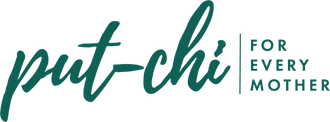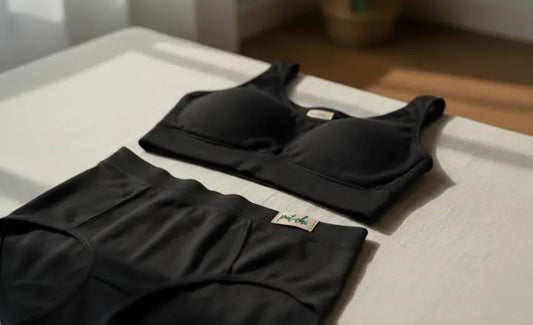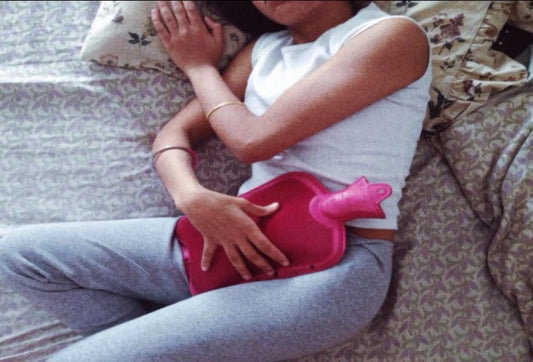
Breastfeeding Challenges and Solutions

When you are indulging in something new, you are bound to have a lot of challenges to face. Likewise, new mothers are introduced to breastfeeding without any prior experience. You may feel that breastfeeding comes naturally, while the reality is quite different. Most breastfeeding women are said to experience discomfort and face one or two problems along the way.
Sore or cracked nipples
As uncomfortable as it may be, on the brighter side, it is only short lived. If the soreness persists even after a week, the common reason can be a poor latch. Check the positioning of the baby and try to dab some milk on your nipples after every feed, as breastmilk is said to have healing properties. And maintain proper hygiene around your nipples as cracked nipples may easily let in bacterial infections. There's no better way to soothe a dry, cracked nipple than with our
soothing nipple balm. Made with high quality ingredients and essential oils, this all-natural nipple balm is chemical free and perfect for you.
Low milk supply
You may feel frustrated or guilty that you aren’t producing enough milk for your baby. Your baby’s weight might also indicate low supply of milk, if you find there is no weight gain in your baby. The cause of low milk supply may be due to a lot of factors such as,
1. Delay in initiating feeding
2. Poor attachment with the baby
3. Medical complications (illness, diabetes, etc.)
4. Worry or stress
5. Infrequent feeds
6. Shorter duration of feeding
7. Tiredness
Holding your baby closer to you and initiating skin to skin contact with
them may help in increasing milk supply. Also using both breast during
each feed and alternation the breast you start with might help.
Mastitis
Mastitis is a bacterial infection mainly caused by clogged milk ducts and results in flu like symptoms along with hot and painful breasts. The milk when not removed properly leads to infections and causes swelling and inflammation. Usually occurs in the first 6 weeks of delivery and affects around 10% of the lactating mothers.
Remember not to stop breastfeeding during this period, and try to start with the nipple with less swelling. Applying a hot compress and slightly massaging around your breasts might help. Consult a health professional if pain is not reduced after 24 hours, antibiotics may help in the treatment.
Breast engorgement
In the initial days of breastfeeding, the production of milk supply might have to get used to the baby’s need. Due to breasts getting filled with milk, they may get hard, tight and be red and painful. It usually subsides in around 12 hours and at maximum 2 days. Till the, try feeding between frequent intervals and massaging your breasts before feed. Wearing a bra might get uncomfortable during this time and wearing a well fitted bra might help.
Oversupply of milk
Believe it or not, your breasts might be capable of producing unlimited supply of milk. Oversupply of milk might result in coughing, chocking or sputtering during feedings. The baby might also bite down on your nipple during feedings. They might also detach during feedings and might get irritated. In this case they might not get the last bit of milk left in your breasts which contains the highest of nutrients.
This can be controlled by regulating your hormones with a health care professional. You can hold the baby upright while feeding and let them take breaks and burp in between. Also try applying a cold compress or ice to prevent leakage.
Nipple vasospasm
It is a condition when the blood vessels in your breasts contracts and enough blood doesn’t flow through them and can cause pain and numbness. It is usually common in cold weather and can be identified with white or blue breasts and them turning pink once blood flow returns to normal. To prevent this condition always dress warmly and cover your nipples as soon as you are done feeding. Also massaging your areola with olive oil and slightly stretching the breast muscles might help with blood flow.
Poor breastfeeding latch
A poor latch may be difficult to identify at first, if you feel painful and the baby seems to be hungry even after feeds, it might be a symptom. Any clicking noise during feeds may also indicate an improper seal. A proper latch can be observed when the baby’s mouth covers not only the nipple but also the areola or the darker area around it. This enables the milk to start flowing from milk ducts around the nipple as well. Sometimes your baby might be too eager to suck that he/she might latch onto any part of the breast and continue sucking even if no milk is flowing. In such cases, feel free to break contact by slightly putting a finger at the corner of the baby’s mouth and wait for the baby’s mouth to form a seal around your nipple to start feeding. Also try to position your baby such that their bottom lip is right below your nipple.
Thrush
Thrush is a yeast infection usually affecting the baby’s mouth and slowly spreading to the mother’s breasts. This is usually identified by white and yellow irregular patches around the baby’s gums, tongue, sides and roof of the mouth, along with red or pink flaky patches around your nipples.
Both the baby and you should be treated at the same time to control the infection. Remember to thoroughly wash all your clothes and intimates in hot water and vinegar to kill all the fungus. Our nursing bras are made out of bamboo fibres, that are found with antimicrobial properties, hence eliminating any fungal growth with usage.
What is a cleft palate or lip?
This can be usually identified as an opening in the mouth that opens up into the nasal cavity. This can sometimes prevent in creating a suckle on your nipple, and may result in not simulating milk supply. This condition can be found at birth and can be easily treated with surgery. Usually until surgery, the mothers are encouraged in pumping their breast milk and feeding with a specially designed bottle after going through a lactation consult.
To conclude
The breastfeeding journey may have bumps along the way. Just know that it is a learning process and seek help from your nurse, lactation consultant and health care assistant along the journey.








